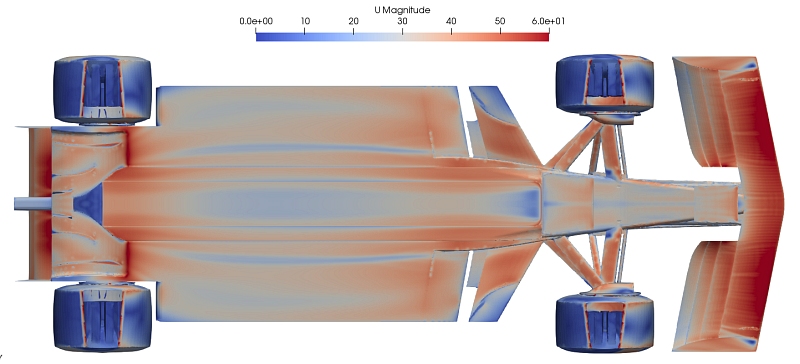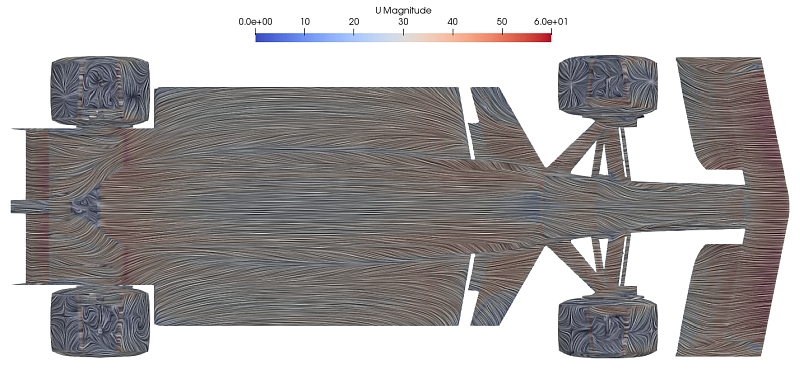maunde wrote: ↑21 Nov 2019, 11:54
Thanks for (continuously) replying

If next year were to be GP style, would it be appropriate to assume that an identical car would get an identical time on the same track (2020 vs 2019)? Unless of course the track had a 'modified' layout

Yes, thanks Matteo for covering those questions which you answered well!
Depending on the ruleset we use next year (since this hasn't been finalised yet) I will modify the "base" car's mechanical settings in Virtual Stopwatch... that will probably mean that even if your car had the same aero coefficients then you will get a slightly different lap time. I strongly expect that the actual tracks will change next year anyway... maybe 1 or 2 will be re-used, but almost certainly with a different mechanical car set-up...
Normally I have tried to set the car/track models at the beginning of the season, but I struggled to do that this time.. certainly that's my aim next year.
Going back a couple of questions: Matteo was right that we only test at one air speed and calculate one COP... we then assume that the COP and aero
coefficients are the same at all road speeds (note: that means the actual downforce and drag Virtual Stopwatch uses at each point on the track is proportional to speed squared). It is worth pointing out that when we started this competition many years ago (called KVRC back then) we actualy tested the cars at two speeds, and at two yaw angles, we then interpolated between those points to derive an aero-map. However, what we found was that the best car at 100mph with zero yaw, was also the best car at 180mph with some yaw angle; so the additional 3 CFD runs per car did not affect the result -they were unnecessary for our purposes, so now we only do one CFD run per car.
Sounds like you'll be involved next year?









